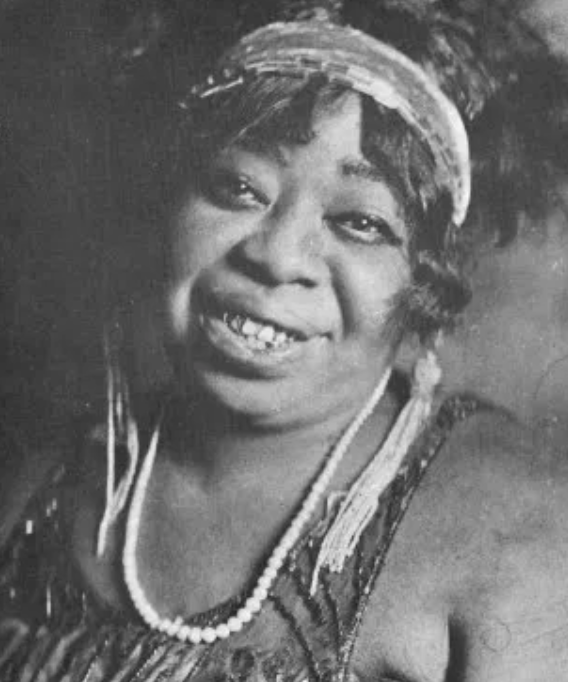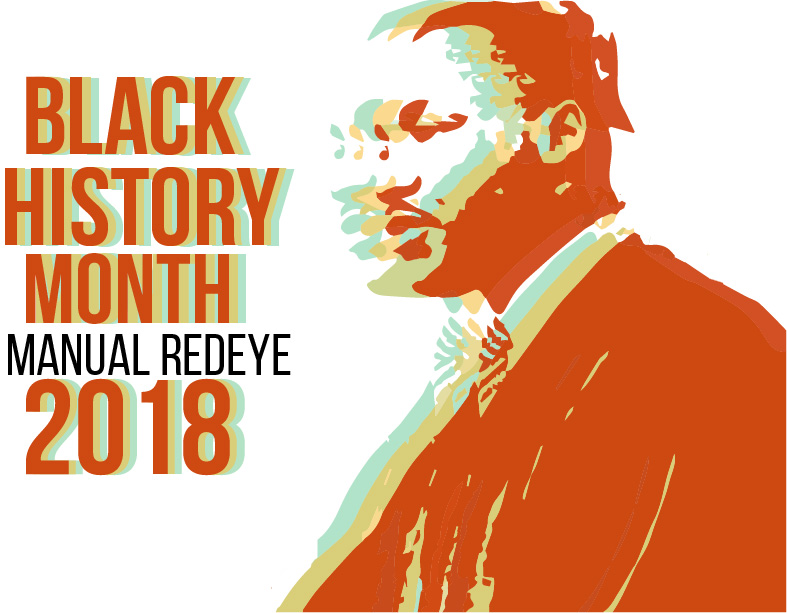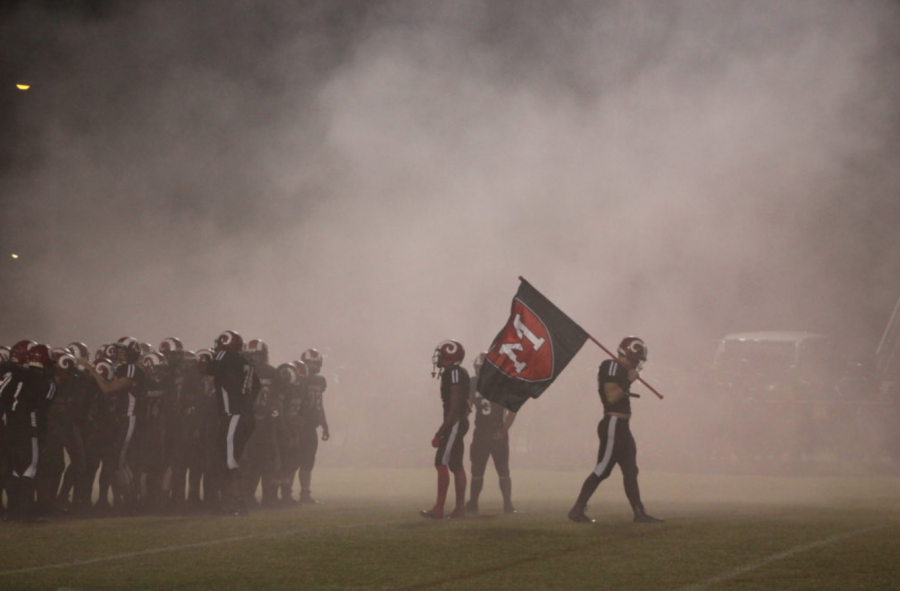Dear Readers,
Every year, RedEye does special coverage to honor Black History Month throughout February. This year, we decided to do the most comprehensive coverage of it that we have ever done. We tried to encapsulate all of the feelings that this celebration represents. Those of anger and frustration, but also those of hope, love, and patriotism. In a time when our country and our city and our schools are so divided over so many different issues, we hoped that celebrating the African American culture and how it is now such an integral part of American culture as a whole, would help to bring us closer together simply as Americans.
We hope that this package accomplished our goal and that it is a true representation of what it means to be black in America.
This is a compilation of previews of all of the coverage we did. As you go through it, be sure to click on the headlines to be redirected to the complete entry.
Sincerely,
The Manual RedEye Staff
What Black History means
How well do you know Kentucky’s African American politicians?
Black queer icons
Black History Month is a time to remember black individuals who have shaped the world but who’s stories remain untold, or even erased, and none more so than the people of the LGBT+ community. These are a few of history’s most iconic queer people.
Ma Rainey, the ‘Mother of Blues’, was so openly gay in her music and life that in 1925, police arrested her for allegedly throwing lesbian orgies. After raiding her house during one such event, police found that all of the fleeing party-goers were women. A close friend, bisexual blues singer Bessie Smith, bailed Rainey out of jail, and police dropped all charges due to the only evidence of the crime being the fact that all the attendees had been in various states of undress. Rainey was a unique, uncut voice singing about real—and often risqué—topics in an era that remembered slavery all too clearly. She sang about the degrading menial labor many working class men and women had to shoulder in order to feed themselves. She also discussed topics such as abuse and violent relationships as she sang with raw emotion that displayed the inequality, racism and daily fight of existence that came with living as a black person in America in the 1920s. According to the book Queer, There, and Everywhere: 23 People Who Changed the World by Sarah Prager, Rainey was one of the first singers to sing about women with their own sexual agency, and she sang of having a lover despite being married, of cheating and being cheated on. Rainey was so brashly provocative that, not long after her arrest, she released the song “Prove It On Me,” with lines alluding to her alleged activities such as, “They must’ve been women, ’cause I don’t like no men,” and the song’s promotional ad showed her in men’s clothes flirting with two flappers.

What does your black skin mean to you?
How athletes have used their voices in the #BLM movement
Professional athletes are some of the most recognizable people in America. They captivate us with their electric play on the gridiron, the court and the field. Although it is an athlete’s job to perform to the best of their abilities each and every day, they also have a tremendous amount of responsibility and power.
Athletes are some of the most common role models and idols for youth across the entire world. As a child, my role model was New England Patriots Quarterback Tom Brady. I did more than just watch him carve up defenses every Sunday, I studied his story—how a kid from San Mateo, California, ended up playing college football at the University of Michigan and then was drafted in the 6th round (199th overall) to a team that had never won a Super Bowl, and turned that team into one of the most dominant dynasties the sports world has ever seen.
The point is that people imitate and listen to their idols. It’s simple branding; if I see one of my favorite player’s name plastered next to a product, I’m more likely to buy that product. An athlete’s voice is one of the most powerful tools in the world. For decades sports figures have used their faces to endorse brands; Nike’s “Bo Knows” campaign starring multi-sport athlete Bo Jackson, Gatorade’s “Be Like Mike” commercial and Sprite’s commercials featuring LeBron James have all helped gain publicity for their products.
African Americans in sports history
Black people have been playing in professional sports throughout American history. The history of African Americans in sports is filled with incredible stories, from the Negro Leagues to Jessie Owens. Chronicled here are some of the most influential moments in the history of black sports.
What do you know about these important people in black history?
Substitute teacher traces family to prominent educator in Kentucky history
From the life of a slave down the ancestral line, a loved and locally famed substitute teacher, Mr. William (Bill) Stone has traced his family history back to Benjamin Franklin Spencer, the first former slave in Kentucky to become a registered teacher. Benjamin Franklin Spencer is Mr. Stone’s great great grandfather and Bill is proud to know his heritage and Ben’s story.
In 1853 Spencer was born in Scott County, Kentucky as a slave to Ed Spencer. That same year his wife was born in Woodford County, Kentucky; however, they wouldn’t meet for 20 more years.
Raising his children, Ed Spencer hired a teacher for his sons. He taught young Ben and encouraged him to become an educator. By age 25, Spencer was a freed man and on his way to the Scott County courthouse to retrieve his teaching certificate.

This Week in History
This Week in History was a reoccurring series throughout the month of February. It highlighted important events pertaining to black history which fell on each week of the month.
Here is a list of every post from the series.
Politics of hair
Curls.
Afro.
Kinks.
Shrinkage.
Weave.
Braids.
Edges.
Waves.
Dreads.
What do these words have all in common? They all relate to hair. For some, hair is a minor aspect of who you are, but for some African Americans hair is a defining characteristic of who you are. Since slavery, hairstyles have grown and evolved for African American people, often reflecting the culture of the time.
“Literally my hair is everything, the way my hair is explains the way I’m feeling,” RoDijett Jones (12, YPAS) said.
In the slave era black people were forced to groom themselves and wear their hair in a style that appealed and appeased their white superiors. When slaves were brought to America they lacked their natural herbal treatments and combs for their hair and had to rely on bacon grease and other products commonly found in the overly populus white society.
Black fashion at Manual
The cultural significance of hip hop and R&B
A brief history of black beauty products
If you’ve ever gone shopping for makeup or hair products before, you know how frustrating it can be trying to find something that matches you perfectly, and how satisfying it is to walk out of the store with a wonderful find that you can’t wait to test out.
For people of color (POC) that feeling of satisfaction can be extremely rare. More often is the feeling of disappointment and a handful of items to attempt to “mix-and-match” the way to a good shade or texture for skin or hair. Depending on the budget, it may be even more difficult. But gradually over the years, the beauty industry has been making progress towards even tones for all.
A tribute to the month
Things To Do: Black History Month
This is the Black History Month edition of the RedEye series Things to do.
Which best-selling book by a black author should you read?
How to talk about race
Before going to Manual, my favorite teacher was a woman whose puffy hair and conservative dress seemed appropriate for her as a middle-aged mother teaching at a Catholic middle school, St. Agnes. She respected me as someone who could see beyond the text in her English class, and I respected her as someone who prompted us to do so.
“To Kill A Mockingbird” was the most inspiring book I read at St. Agnes, but the discussions were bound to lack the depth it deserved. If you have ever been in a Catholic school, you would know how little diversity there really is. No one in my grade was African-American and most of the students were middle-class, white Republicans.
My teacher mentioned how race does not affect the school system the way it used to. I raised my hand, and she called on me. I knew what I was about to say would be provocative, but impulse drove my words. I mentioned the diversity in the classroom—or, rather, lack thereof—with stumbling sentences that did not express what I actually meant. My teacher tensed.
A history of gentrification has harmed Louisville communities
When Louisville was founded in 1778, African-Americans were among its earliest residents and, “as the frontier and early settlement periods passed, both slavery and the subordination of free persons of color became institutionalized in the city and surrounding county.”
Today, Louisville is the fourth most segregated city in the United States. It trails behind Milwaukee, Detroit and Cleveland, cities known for their historical segregation. People from Louisville are aware of the segregation and its history but not necessarily the extent or the repercussions.
Residential segregation has been the number one factor in the segregation of Louisville. The housing market’s concentration has created pockets of wealth and pockets of poverty that have experienced racialization over time.
We need to talk about women of color
Jalyn Farrow (11, J&C) is both female and black. She has experienced her fair share of racism and sexism.
“People call me an Oreo and say that I ‘talk white’ or ‘act white,’” Farrow said.
Those that say she acts white are “surprisingly really close.” Some of her friends have told her that she is “not really black,” the reason being that she “talks proper” and does not use a lot of slang.
Farrow believes it could also be due to many of her friends being white. She lives in the suburbs, and her neighborhood, due to a history of redlining, mainly consists of white people. Even the people closest to her have joined in saying that she acts white, however.
“My own family has called me an Oreo,” Farrow said. “It offends me, but it’s my own family and I know they don’t mean to be offensive, so I usually just laugh it off.”
Sexism has also played a role in Farrow’s life.



